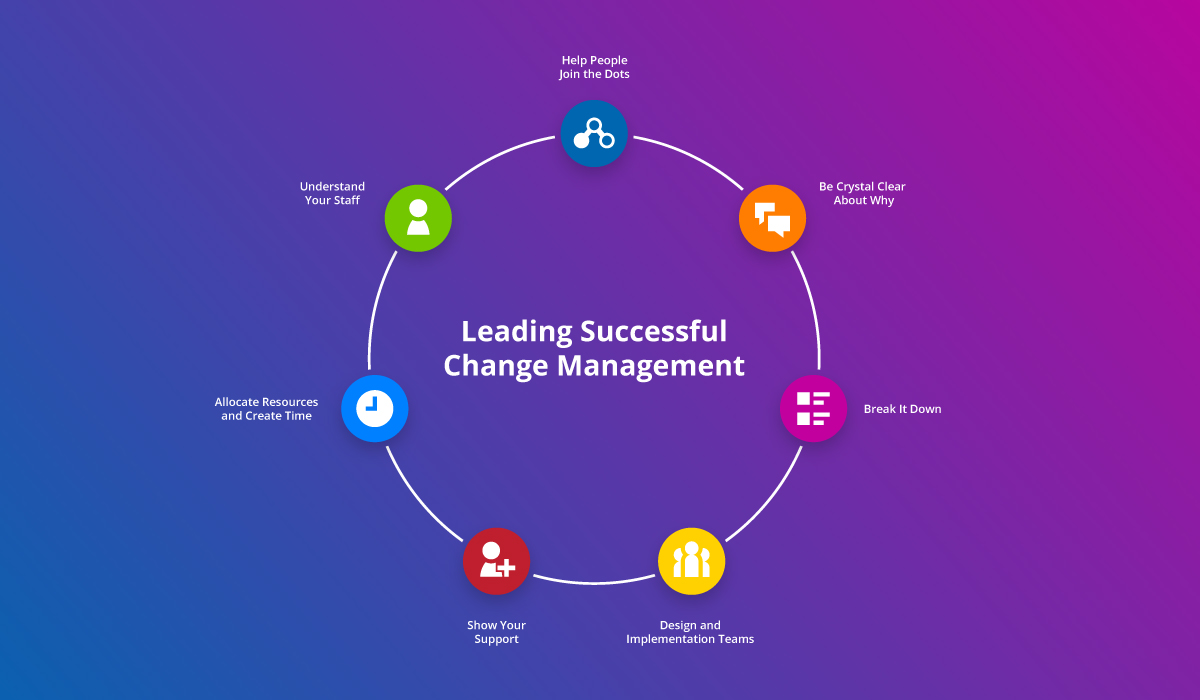Enabling students to have a voice and see themselves as active participants within their learning journey and wider school life has a direct and tangible connection with their sense of wellbeing.
Research shows allowing students to influence decision making around the school promotes self discipline and encourages goal-setting, a clear and obvious indicator that each member of the community feels valued and recognised as a leader who knows that they are a crucial part of defining the future for their school. Providing students with choices about how they learn, where they learn and crucially, what they learn, develops collaboration between teacher and students, maintains connectedness and establishes a learning community—making them active citizens.

Active citizens
Often the concept of student voice can be misconstrued as simply allowing them to respond to an already formulated idea such as which of these two playgrounds would you prefer to have at school?
Thinking differently about this approach, there is great power in providing students the chance to formulate ideas with teachers and other members of the staff. This can come in the form of ideation, where multiple voices with varying perspectives contribute to a much richer discussion about a school-wide issue. From this, the questions then become what are your thoughts on play within our school? and, how might we improve it for our students?
No longer is it simply a case of responding to closed, yes or no questions; instead students share their personal experience of school life, engage in the formation of these questions and activate both their curiosity and their capabilities (critical and creative thinking as well as personal and social). Students are then able to come up with their own ideas for possible solutions. As we all know, our students are the most creative and inspiring members of our community and with simple facilitation, can often present ideas and solutions that would otherwise not be thought of.
Some schools achieve this through an efficient process such as SRC (Student Representative Council). A chosen group of students engage the wider cohort and then become their voice. Once the process has commenced, these leaders are then provided time and space to continually feedback to their peers and gather their ideas and responses. This is just one example of how student leadership opportunities are strengthened and developed. At the centre of this process is the continuing recognition and promotion of student wellbeing, simply by allowing them to influence or even make decisions.
Authenticity is key
We all know how intuitive our students are. They are particularly adept at recognising inauthenticity and as such, can quickly become disengaged in a project or conversation.
In order to avoid this, schools must think strategically about the development of a culture that promotes student voice with authentic opportunities. Students seeing that their contribution impacts decision making within their school, results in positive outcomes for all.
Collaboration

Within the classroom, school and wider community, building student voice and student wellbeing relies upon all participants being actively involved. By establishing protocols around aspects of school life such as feedback (ongoing assessment as one example), each member of the team recognises themself as a partner in learning instead of simply a passive participant/observer.
In Australia, the NSW Wellbeing Framework for Schools and School Excellence recognises that providing students with meaningful opportunities for them to participate in conversations about school life, as well as assume leadership roles, progresses both wellbeing and school excellence. Students identify that they are valuable members of the community and that their thoughts and ideas have a direct correlation to decision making. All parties recognise each other as equal, collaboration is prioritised, and school life is enriched.
Inclusivity
Identifying the need for authentic, high quality leadership opportunities is just the starting point on this route to building student voice and as a consequence the wellbeing and engagement of all. What schools need to recognise is that each individual student requires structured and supported opportunities for both skill development and leadership development.
Recognising that students have different interests and passions helps staff to look for opportunities to engage their voice in something they want to review, change, or grow. This might mean the inclusion of students who show a particular passion for digital technologies in conversations around digital learning platforms that best suit the school. Conversely, it could be bringing those who have a passion for sustainability into the planning phase for a new garden precinct/area.
The important thing to remember is that it’s about ensuring there are a diverse range of opportunities presented to students, helping to build a culture of inclusion whilst also teaching students how they might find their own purpose.

An ongoing process
What we want to continue to see in school life is a continuation of the excellent work happening in schools promoting student voice and recognising its role in engagement and wellbeing.
In essence, all students should be seen, heard, and know that they can have a positive impact upon their own and other community members’ school life.
Give them the opportunities, sit back, and marvel at what they can achieve.
Chris Durante is a Territory Manager at Schoolbox and has been a classroom practitioner and eLearning leader in schools for over 30 years. Passionate about delivering quality teaching and learning, Chris is committed to finding innovative EdTech solutions to lead overall school improvement for staff, students, parents and the wider school community.
Looking for more resources on student wellbeing? Take a look at the following:





